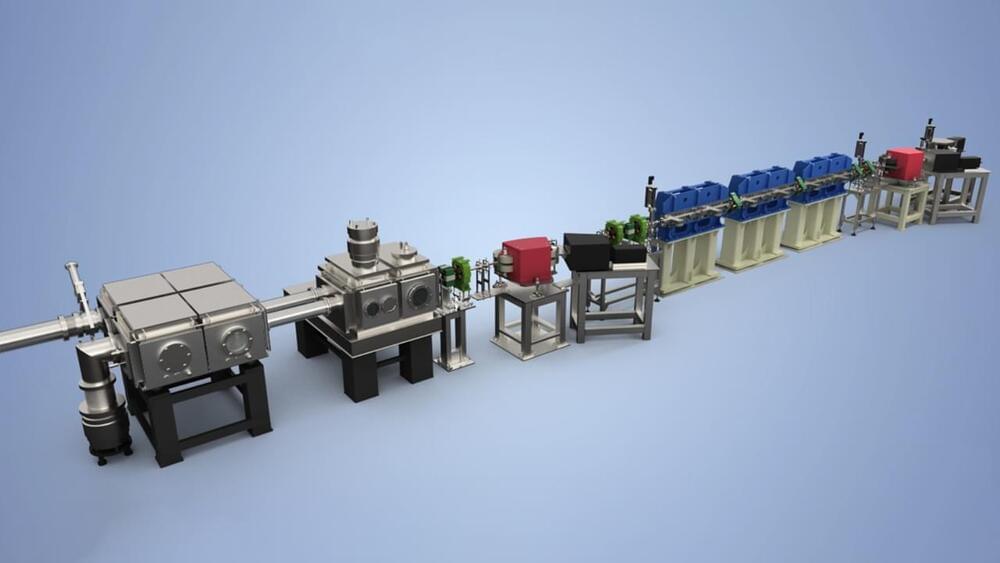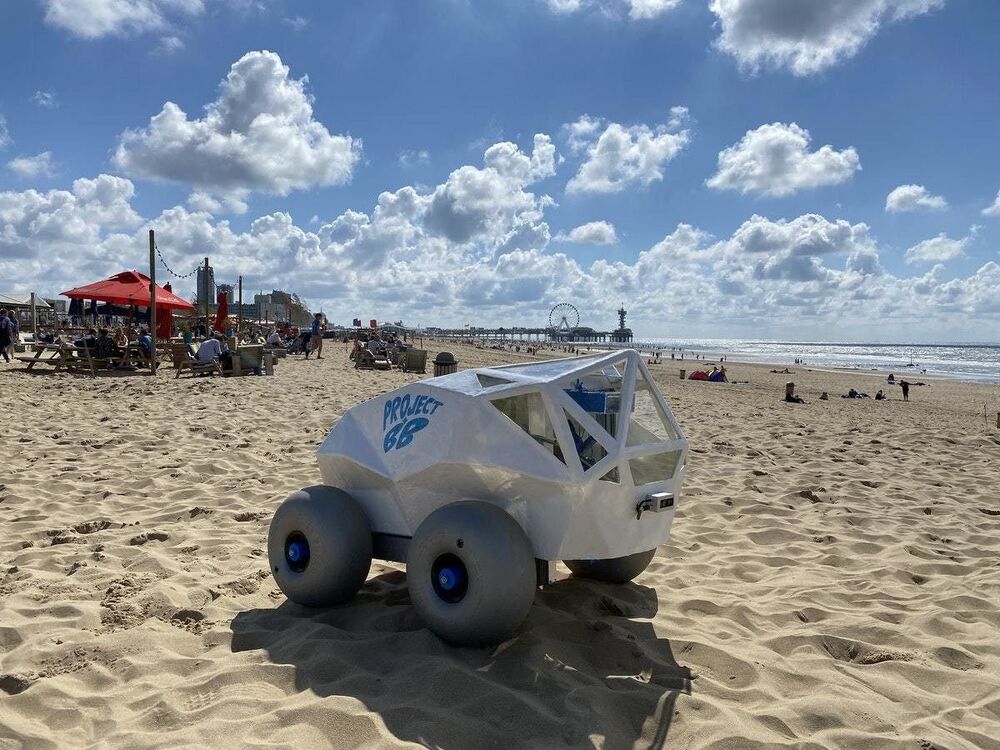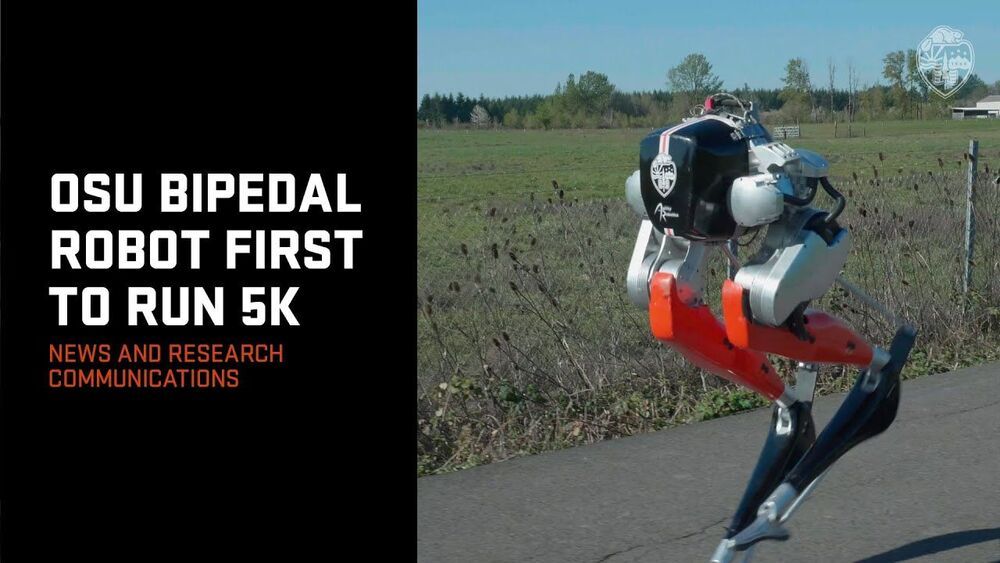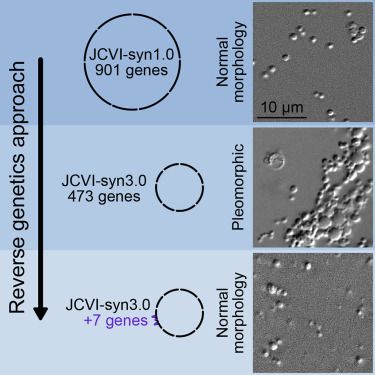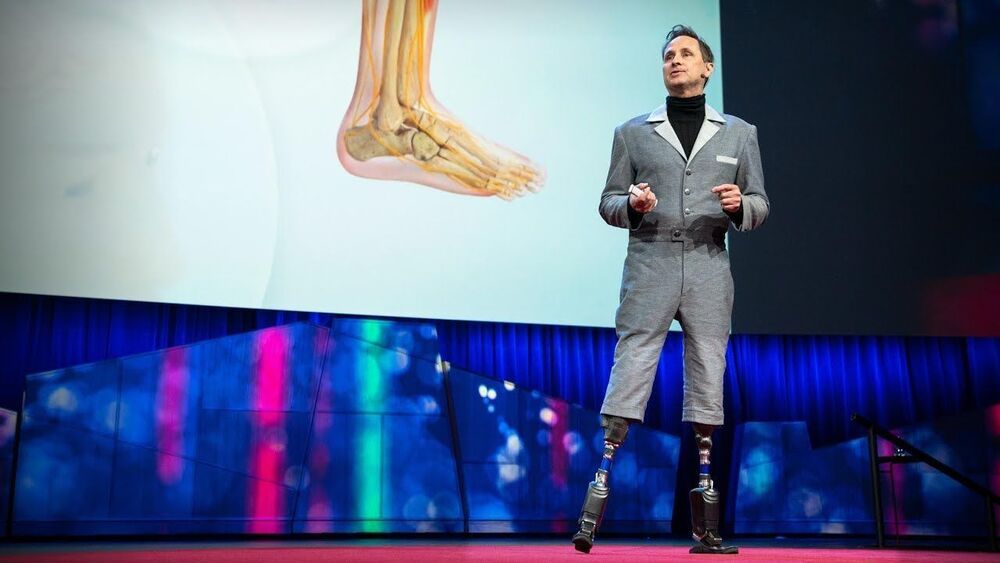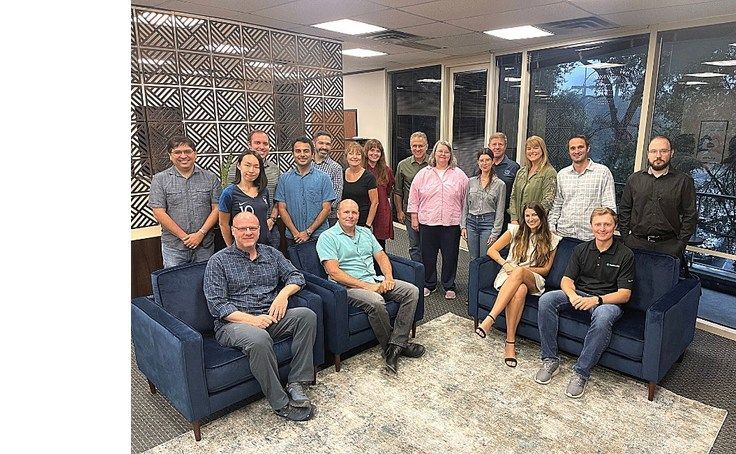
Thrilled to see Paradromics’ $20M fund raise lead by the talented Dr. Amy Kruse! Paradromics is building a brain computer interface supported by DARPA’s Biologi… See More.
The investment demonstrates confidence in Paradromics as a well-positioned player in the $200 billion BCI therapy market. Last year, Paradromics successfully completed testing of its platform, demonstrating the largest ever electrical recording of cortical activity that exceeded more than 30000 electrode channels in sheep cortex. This recording allowed researchers to observe the brain activity of sheep in response to sound stimuli with high fidelity.
“We are combining the best of neural science and medical device engineering to create a robust and reliable platform for new clinical therapies,” said Paradromics CEO Matt Angle. “This funding round is a validation of both our technology and strategic vision in leading this important developing market.”
The current funding round follows $10M in early stage private funding as well as $15M of public funding from the National Institutes of Health (NIH) and the Department of Defense (DARPA).
